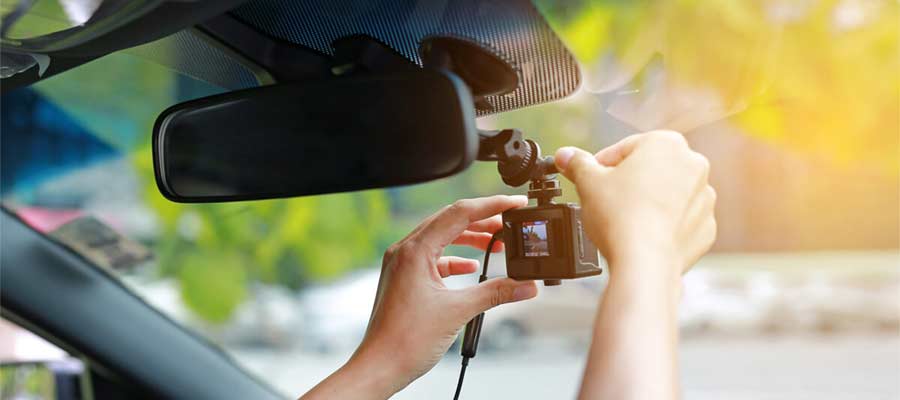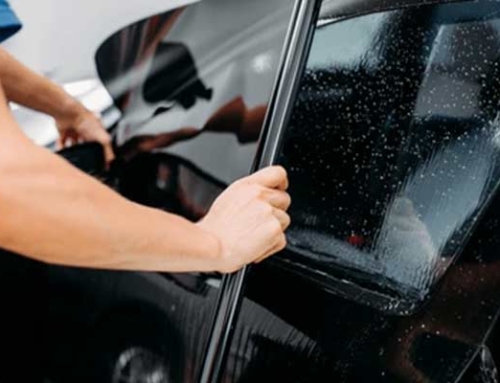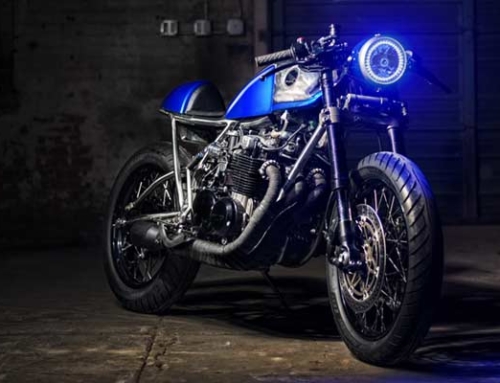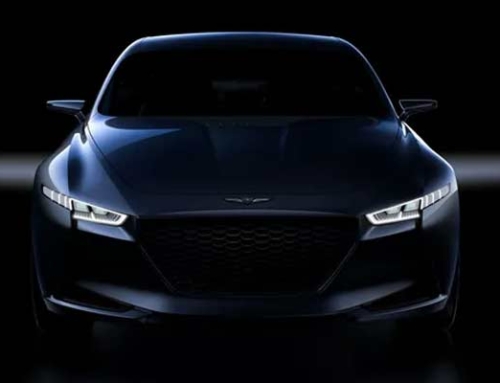
In today’s world of fancy gadgets, dash cams are like must-have gadgets for anyone who owns a car. They’re like having an extra eye on the road! Whether you drive carefully and want to stay safe or just like to record cool things while driving, picking the right dash cam can feel like a big task because there are many choices. But don’t worry! This guide is here to help make it easier for you. We’ll break down the important stuff to think about when picking out a dash cam that fits your needs.
Understanding Your Needs
Before discussing the features and specifications of dash cams, I would like to emphasize the crucial importance of assessing your requirements and intended use.
1. Purpose
Determining why you want a dash cam will help you pick the right one. Do you like it mostly for recording accidents and other insurance reasons? Or would you like to use it to capture fun road trips and beautiful scenery?
2. Budget
Dash cams can cost a little or a lot, depending on what you’re looking for. Some are cheaper, and some are fancier with lots of cool features. It’s a good idea to decide how much you want to spend so you don’t end up paying extra for things you might not even use.
Key Features to Consider
1. Video Quality
The quality of the videos and your dash cam records are super important, especially if you need to see things like license plates and road signs. Aim for a dash cam that can record in at least 1080p resolution so the footage looks sharp and clear. If you can afford it, some fancier ones even offer 4K resolution, which gives you even better clarity.
2. Field of View (FOV)
Having a more expansive Field of View (FOV) means your dash cam can see more of the road and what’s around you. It’s like having a bigger picture! You can try to get a dash cam with a wide-angle lens, preferably 140 degrees or more. This way, you can see more of what’s happening and have fewer spots where you can’t see.
3. Night Vision
When it’s dark outside, it can be challenging for dash cams to see well and record explicit videos. That’s why it’s wise to pick one with fancy night vision technology or infrared LEDs. These features help the camera see better in low-light situations, so you can still get clear recordings even when it’s dark outside.
4. Storage Capacity and Loop Recording
Most dash cams save videos on tiny memory cards called microSD cards. Think about how much storage you need based on how much you drive daily and how often you delete or move recordings. Also, look for dash cams that have loop recording. This means the memory card automatically starts recording the oldest videos when they are full. That way, you don’t run out of space for new recordings.
5. GPS and Wi-Fi Connectivity
Having GPS built into your dash cam lets you see where your car is and how fast it’s going. This info can be helpful for an accident or an argument about what happened. Wi-Fi connectivity is also handy because it lets you easily send videos from your dashcam to your phone or computer. It makes it simple to watch and share your recordings with others.
6. Parking Mode
Parking mode is super essential for monitoring your car when parked. Look for dash cams with something called buffered parking mode. This means the camera is always recording, and if it senses any movement or a bump, it saves footage from just before the event happened. This way, you get the full story of what happened around your car, even when you’re not there.
7. Size and Discreteness
When picking a dash cam, think about how big it is and how it looks. You don’t want it blocking your view or standing out too much. Look for ones that are small and not too noticeable. These are great because you can hide them behind your rearview mirror, keeping your car neat.
8. Brand Reputation and Customer Support
Choosing dash cams made by trusted brands known for producing reliable and long-lasting products. Look for ones with good customer service if you need help. Before buying, read reviews and stories from others who have used the dashcam. This can give you a good idea of how satisfied they are and how well the dash cam works in real life.
Conclusion
Picking the perfect dash cam means thinking about what you need, how much you want to spend, and what features you want. Start by focusing on important things like how explicit the videos are, how much of the road you can see, whether it works well at night, and how you can connect it to other devices. By doing your homework, checking out different options, and getting a dash cam that gives you the most for your money, you’ll feel safer on the road and save excellent memories from your trips.
FAQs
- What is the best resolution for a dash cam?
Aim for at least 1080p resolution to ensure clear footage. Higher resolutions like 4K offer enhanced clarity but may come at a higher cost.
- Do all dash cams have night vision?
Not all dash cams have night vision capabilities. Please look for models with advanced night vision technology or infrared LEDs for clear recordings in low-light conditions.
- How much storage capacity do I need?
Storage capacity depends on your daily driving habits. Consider at least 32GB for moderate use, but adjust based on the erasing or transferring footage frequency.
- Can dash cams be used in parking mode?
Yes, many dash cams offer parking mode functionality. Please look for models with buffered parking mode, which records continuously and saves pre-event footage upon detecting motion or impact.
- Are there dash cams with discreet designs?
Yes, compact and discreet dash cam models are available. These can be installed behind the rearview mirror for minimal obstruction and a clutter-free interior.





